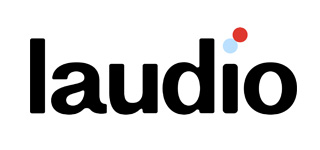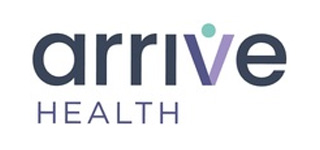Throughout the UCHealth system, we strove to optimize our hospital bed capacity across 12 hospitals and 2,000 beds. A key challenge we faced was continuous “crisis management” of our inpatient capacity. This was exacerbated by the early waves of the COVID-19 pandemic. We realized we needed to move from being a reactive organization to a proactive one, strategizing ahead of emergencies. With new variants of the virus on the rise as well as flu season ahead, maintaining this proactive management continues to be critical.
Our organization is now better prepared to handle fluctuations in inpatient bed demand than we were in the past. Even before COVID-19, we realized we needed a new approach to inpatient bed management.
Prior to 2020, we used an Excel-based tool to update our bed statuses and predicted needs across inpatient units. This involved manual downloading of spreadsheets from our EHR and time-consuming updates by our capacity management house supervisors several times a day. Staff were skeptical of the accuracy of the tool and didn’t always feel confident in decisions made based on those data. Instead, we often resorted to personal experiences and insights. In this time period, we relied on inconsistent, anecdote-based decision making, meaning we weren’t aware of unusual events or crises until they were already underway.
We urgently opened up surge areas, which may or may not have been suitable for the types of patients being admitted. Sometimes this resulted in wasted staff hours and resources. Since inpatient capacity was already in a crisis mode, we were limited in our options to effectively alleviate it, and we often found it difficult to prioritize the actions that would help most. Often, when reactively managing a capacity crisis, our only tool was escalations of discharge and operational delays, after they already occurred. This process was inefficient and exhausting for our staff and leadership teams.
In February 2020, instead of establishing a capital and resource-intensive command center, we installed a new solution that allowed our staff to rely on accurate predictions and become more proactive in managing capacity. Of course, this was just as the COVID-19 crisis further elevated the importance of bed management, especially the flow into and out of the ICU.
After implementation we immediately saw positive results and benefits from the new solution.
- The data generated by the new solution was trusted across the organization
- Staff in every unit referenced it to make key decisions about patient flow priorities
- Staff used the solution to effectively communicate why they were making decisions to peers on other units and to capacity management leaders
With reliable predictions, driven by powerful analytics and based on unit-level data, we transformed the way we approached capacity. We were finally able to manage it rather than react to it and we were able to prepare our hospitals as the pandemic unfolded.
We continue to use our bed management tool in several key ways.
- Bed status predictions allow us to maintain a constant minimum capacity of ICU beds for our sickest patients
- Patient transfer summaries ensure balance and adequate staffing for all units, and assist us in deciding when to prioritize or delay transfers as needed
- Emergency department and PACU metrics help us monitor the amount of time patients have been waiting for admission so that we can prioritize accordingly
- Unit level admission/discharge predictions support patient placement decision making so we can increase on-service placement, even when the hospital is very full
Each of these elements is crucial to optimizing patient flow, even during times of unpredictable surges. We have seen the benefits of our improved capacity management in our clinical outcomes, patient, staff, and provider experience, and in efficiency metrics like length of stay. We anticipate that unpredictable inpatient bed demand will be a challenge for the foreseeable future, with or without potential future COVID-19 surges. With the iQueue tool from LeanTaaS, UCHealth is better prepared to proactively manage this challenge.



